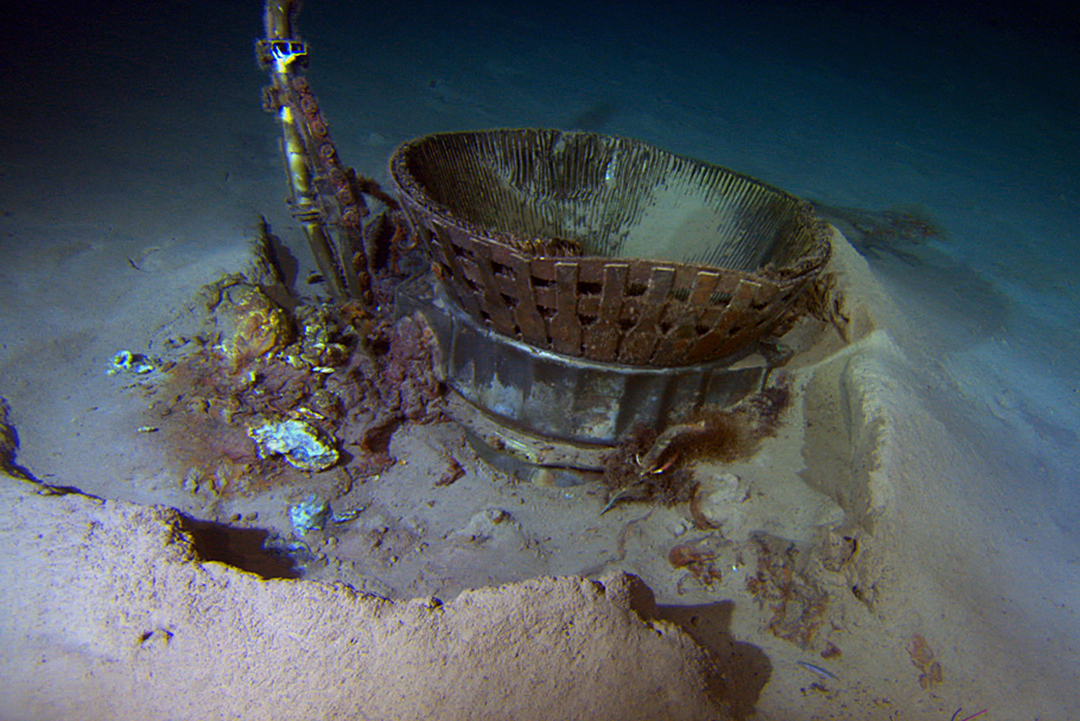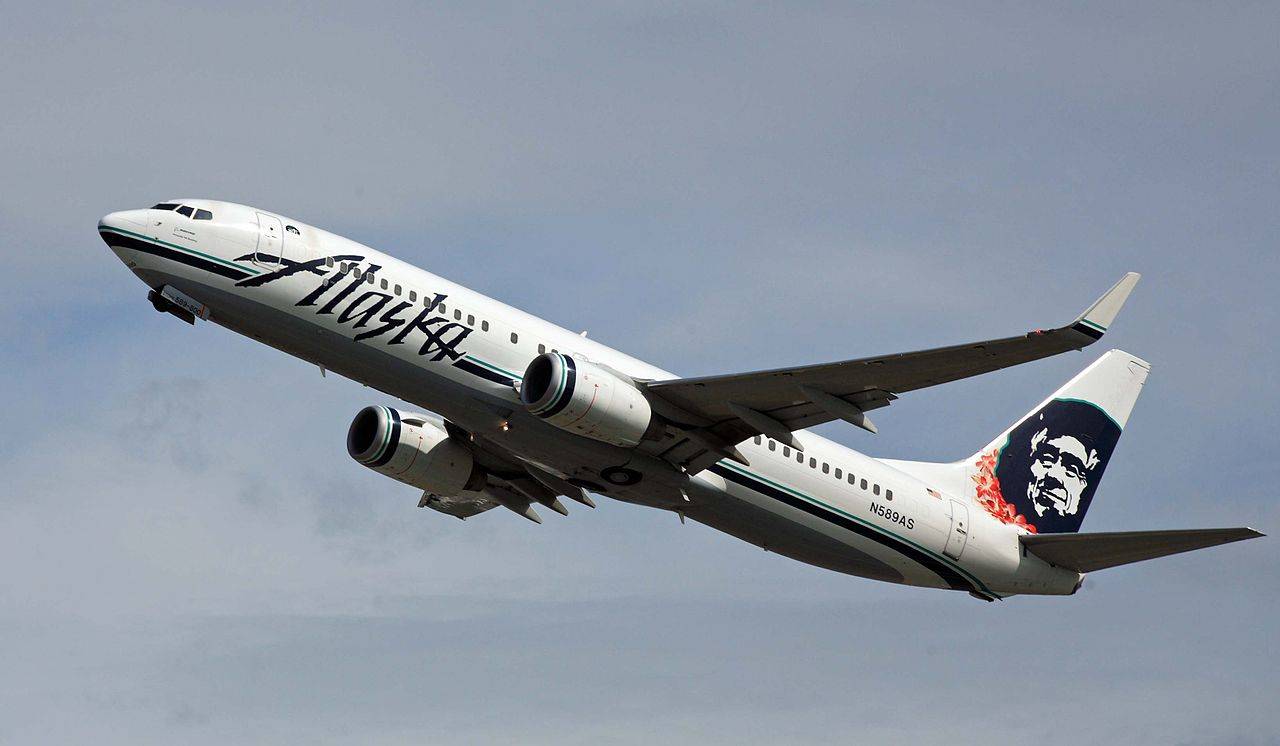In recent years, the fortunes of Amazon CEO and practicing rocketeer Jeff Bezos have soared on earth while losing altitude in space. Last fall, the billionaire’s Kent-based spacecraft business, Blue Origins, lost out in the NASA funding competition to build a space taxi. That came after Bezos’ flight model was lost in space. At Mach 1.2 speed and an altitude of 45,000 feet,it either exploded or fell towards earth and disappeared, Bezos reported.
Exhaustingly optimistic, Bezos promptly returned to the outer limits drawing board. But he had already quietly launched another imaginative venture, this time combining heaven and earth: an expedition to find the long-gone rocket engines of Apollo 11, jettisoned into the Atlantic as the spacecraft took the first humans to the moon in 1969.
And last Friday on his blog, Bezos confirmed that his year-long mission, culminating in an ocean floor excursion by drivers from a deep-sea recovery vessel, had found the treasure he sought: “44 years ago tomorrow Neil Armstrong stepped onto the moon,” wrote the 49-year-old CEO with a lifelong fascination for space travel, “and now we have recovered a critical technological marvel that made it all possible.”
A Saturn V engine – one of five used to propel Apollo from the Kennedy SpaceCenter in Florida towards its lunar orbit July 16, 1969 – had just been authenticated by its markings. It and a second engine and components were actually recovered in March, 14,000 feet down in the South Atlantic. Bezos Expeditions, his venture capital investments firm, paid for the expedition, which had NASA’s approval.
“When we stepped off the [recovery ship] Seabed Worker four months ago in Port Canaveral,” Bezos wrote in last week’s blog, “we had enough major components to fashion displays of two [engines]. We brought back thrust chambers, gas generators, injectors, heat exchangers, turbines, fuel manifolds and dozens of other artifacts – all simply gorgeous and a striking testament to the Apollo program.”
But “There was one secret that the ocean didn’t give up easily: mission identification. The components’ fiery end and heavy corrosion from 43 years underwater removed or covered up most of the original serial numbers. We left Florida knowing the conservation team had their work cut out for them, and we’ve kept our fingers crossed ever since.
“Today, I’m thrilled to share some exciting news. One of the conservators who was scanning the objects with a black light and a special lens filter has made a breakthrough discovery – ‘2044’ – stenciled in black paint on the side of one of the massive thrust chambers.” That was the manufacturer’s (Rocketdyne) serial number that correlates to engine No. 5 from Apollo 11. Mission accomplished.
Bezos, in an earlier blog, indicated his role in the expedition was to watch much of the action on the ship’s video monitors. And though “I spent a reasonable chunk of time in my cabin emailing and working, it didn’t keep me from getting to know the team,” all of whom he thanked by name, including several of his family members along for the excursion.
“We’ve seen an underwater wonderland – an incredible sculpture garden of twisted F-1 engines that tells the story of a fiery and violent end,” he said, “one that serves testament to the Apollo program. We photographed many beautiful objects in situ and have now recovered many prime pieces. Each piece we bring on deck conjures for me the thousands of engineers who worked together back then to do what for all time had been thought surely impossible.”
As artifacts of the moonshot, the rockets perhaps will inspire others as they inspire him, Bezos suggested. To that end, he plans to donate one of the engines to the Smithsonian Institution’s National Air and Space Museum and the other to Seattle’s Museum of Flight.








